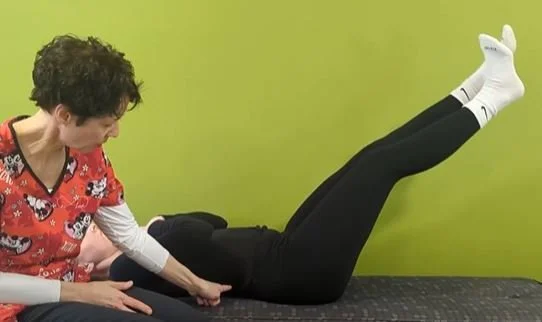After today's 12 inch dumping of wet snow, spring much the summer feel a little bit elusive. I've had several conversations in the last 2 weeks with patients who find themselves in the same predicament: recently retired (within the last 2 years), previously physically active informally through their job, currently dealing with increased neuromusculoskeletal issues that stem from deconditioning. I found after 30 years of practice that transitioning into retirement can be fraught with loss of normal physical stamina if a retiree is not intentional about structuring a bulletproof routine that makes up the inherent physical activity that was built in the previous occupation. I think it's a phenomenon that often is below people's radar, who have the false impression that their life is busy enough to meet those needs, but in reality, when testing their strength, cardiovascular endurance, those patients often fall short and have actually rapidly deteriorated over 12 months. This being compounded by the fact that the Minnesota winter is not always conducive to normal outdoors activities when it's cold dark and slippery.
At any rate. There are a lot of opportunities out there but some patients who never formally exercised in their earlier working life are little bit at a loss of where to start. 1st, you need to try to determine what is it you'd enjoy doing enough to do it consistently. It's going to be different for different people and you need to best isolate that, since it is a lot easier to stick with something you don't hate.
1 underutilized resource for our seniors eligible for Medicare is the silver sneakers program. It's often a benefit of most Medicare C and Medicare supplemental policies. Silver sneakers is basically a free program of senior focused fitness routines that comes in a variety of formats: in person group classes for seniors only at local participating gyms, lifestream classes schedule multiple times a day, and a collection of video resources. All of them are excellent, carefully designed with senior needs in mind, and covering a variety of options from home cardiovascular walking, balance exercises, chair yoga, gentle strength training etc.
Below is the link to the silver sneakers website. To see if your particular Medicare policy offers those benefits, you can do a quick eligibility check. If eligible you just have to create your login credentials and you're all set to go. I will happily assist you in selecting a couple of good starting classes based on what I know of your health.
https://tools.silversneakers.com/Eligibility/CheckEligibility


















